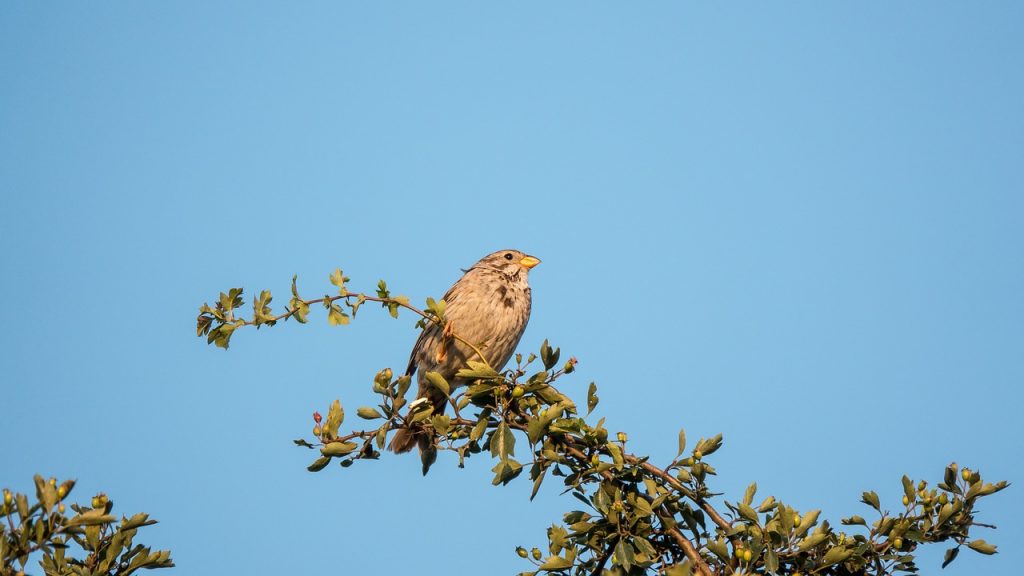An engaged group of 20 people, primarily consisting of farmers from farms around the vast region of Härjedalen, gathered in Hede on a sunny Monday in early April. The topic of the day was imagining futures for agriculture in Härjedalen.

Challenges and opportunities in the area
There are many challenges in terms of infrastructure and financing, but also very clear advantages and strengths. The region is rich in biodiversity, has favourable conditions for natural grazing, and many of the country’s remaining active mountain pastures (fäbodar) are located here. Keeping the landscape open, continuing with natural grazing, and cultivating the land in a wise manner are crucial for ecosystems, but also for ensuring that people can continue to live and make a living here, even for future generations.
Our research has shown how policies and support measures (mainly from the EU) highlight the importance of the work being done in small-scale agriculture and local communities. At the same time, the existing support systems and structures at both the European and national levels are not particularly favorable for the landscape and the forms of land use that exist in Härjedalen. Furthermore, it has become clear that farmers themselves are not sufficiently consulted on what they need in order to continue, and how they can contribute to biodiversity and strengthened food production in agriculture.
The questions discussed during the day focused on desired futures and possible paths to reach them:
- What positive futures for agriculture can you envision – in terms of production, livelihoods, living conditions, and nature?
- How can future agriculture in Härjedalen continue to produce food and contribute to biodiversity?
- What could enable these positive futures – what changes are needed in support systems and conditions?
- What does the EU’s agricultural support mean for the development of good futures for agriculture in Härjedalen?

A wide range of participants
In addition to farmers, a few other business owners participated (many combine farming with other businesses in Härjedalen), along with two representatives from the municipality, one from the Rural Economy and Agricultural Societies (Hushållningssällskapet), one from the Federation of Swedish Farmers (LRF), one from the Association for Swedish Pasture Culture and Outland Use (Förbundet Svensk Fäbodkultur och utmarksbruk), and four researchers from the Landpaths program: Johanna Tangnäs, who moderated the day; Tuija Hilding-Rydevik, who planned and prepared the workshop together with Johanna; Tommy Lennartsson, who contributed knowledge about multiple land use in Härjedalen’s contemporary and historical agricultural landscape; and Neil Powell, who supported the group in discussions and conversations about the future.
Recurring themes in the discussions
A summary of the desired scenarios and proposals that emerged during the day will be presented in various forms throughout the year. Some recurring themes included: a stable, long-term, and more holistic form of support that encourages and enables young people to take over; support for various forms of farming based on local conditions; and a general desire for more of the infrastructure needed for natural-grazing-based farming to thrive – such as local slaughterhouses, dairies, and someone to collect the milk. There was also a strong wish for better protection against farmland being bought up and then left unused, ungrazed, or even uninhabited.
The next step will be to summarize the proposals that came up during the day and hold a brief follow-up meeting at the end of April with all participants. The proposals and visions of the future, together with other results from the research program, will form the basis for input to responsible national authorities and for continued research.
For more information, contact Johanna Tangnäs.




